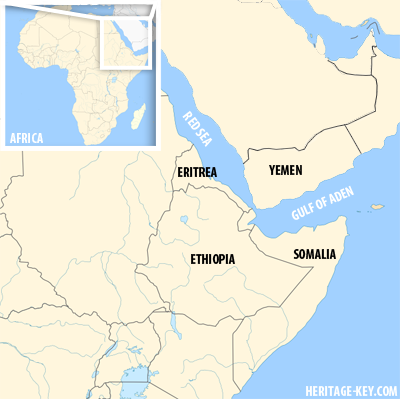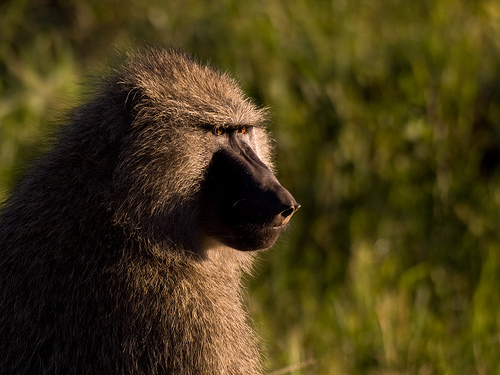OF THE
TIMES
Today as never before we need to comprehend the course, logic, and path of the process of history. Every day we need to make decisions that will affect future generations. It has become obvious that no single nation, confession, social class or even civilization can solve these problems on its own. We increasingly have to listen to one another: Europe and Asia, Christians and Muslims, White and Black peoples, citizens of modern democratic states and places where traditional society survives. The key is to understand one another correctly, avoid hasty conclusions, and acquire the true spirit of tolerance and respect toward those with different value systems, habits, and norms.
allegations of prior bad acts may not be admitted against them for the sole purpose of establishing their propensity for criminality :O bad acts...
five trucks full of papers, driven by white house janitors, loaded with Trump's accounting... literally dumping all on the floor, on a rainy day,...
Biden and his goons are seriously out of control. The consequences of this accelerated migration will be (are already) bad - and permanent. He's...
Hmmmm? Greek surname.........looks like Greek Lightning!
The 2nd largest population of Jews in the Middle East is in Iran. The countries are buddies, they only pretend to fight in front of the world....
To submit an article for publication, see our Submission Guidelines
Reader comments do not necessarily reflect the views of the volunteers, editors, and directors of SOTT.net or the Quantum Future Group.
Some icons on this site were created by: Afterglow, Aha-Soft, AntialiasFactory, artdesigner.lv, Artura, DailyOverview, Everaldo, GraphicsFuel, IconFactory, Iconka, IconShock, Icons-Land, i-love-icons, KDE-look.org, Klukeart, mugenb16, Map Icons Collection, PetshopBoxStudio, VisualPharm, wbeiruti, WebIconset
Powered by PikaJS 🐁 and In·Site
Original content © 2002-2024 by Sott.net/Signs of the Times. See: FAIR USE NOTICE


Reader Comments
to our Newsletter